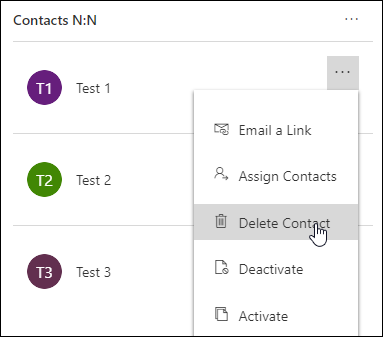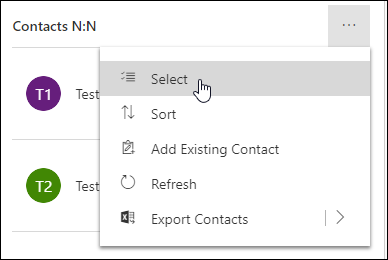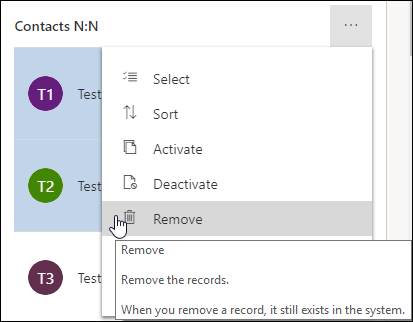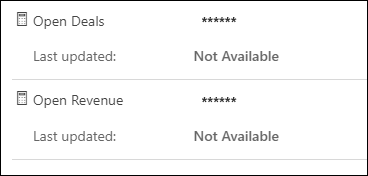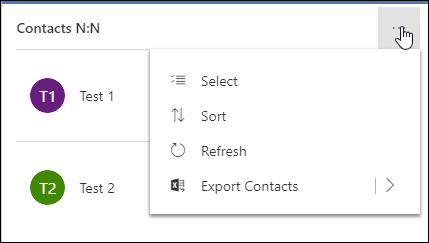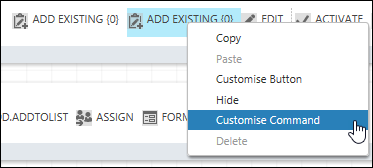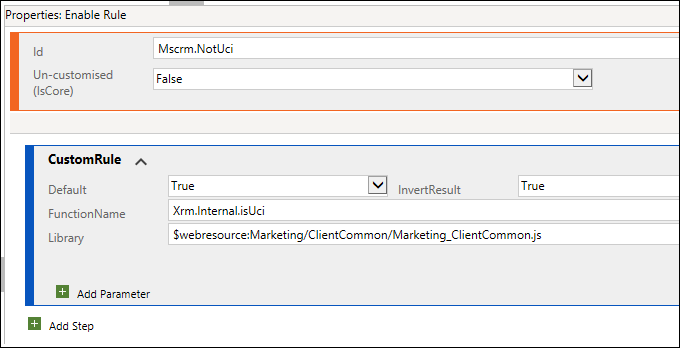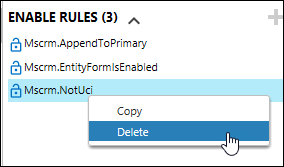If you are looking for an ultimate reference for the expressions that you can use in Microsoft Flow, it helps to remember that Flow is based on Azure Logic Apps. The functions reference is the same for both, and can be found here.
The original question was what functions are available in canvas PowerApps but not in Flow. While there seems to be no comparison guide, the PowerApps formula reference is available. Naturally, the list of functions in PowerApps is longer – in addition to “traditional” functions like Lower (toLower in Flow) it also deals with PowerApps-specific things like Named Operators, Signals, behavior fomulas, to name but a few.
(Facebook and Twitter cover photo by Jake Lorefice on Unsplash)
 of the
of the
